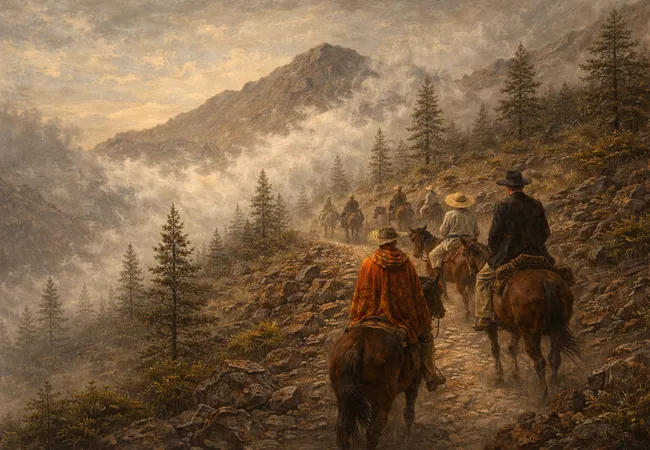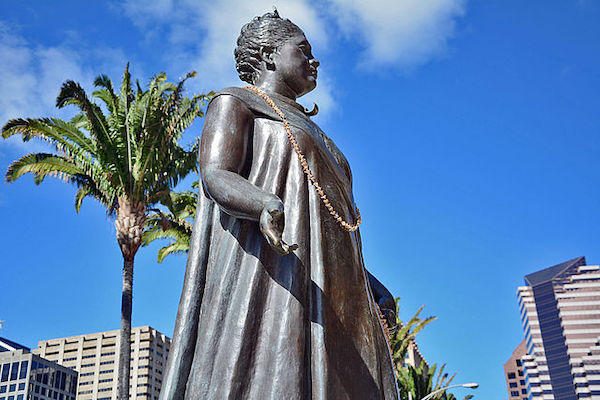
Hawaii in the Early Days: Climbing Haleakala on Horseback

Listen to audio sample:
In the Hawaiian language, the name Haleakala literally means “the house of the sun.” It’s named this, because as the sun rises from the east at the beginning of each new day, it looks as though the sun rises from inside the crater of Haleakala - hence the name.
So exactly how big is this mountain we call Haleakala? Well, the short answer is Haleakala is really big!
For the long answer, you need to remember that the base of this volcano mountain actually goes for miles... all the way down to the bottom of the Pacific Ocean. In fact, only 5% of the entire mass of Haleakala is above the ocean. That is just a small sliver compared to the 95% of the mountain that is below the ocean. And get this! You know how the tectonics plates moved like floating eggshells, forming this chain of islands? Well, the sheer weight of Haleakala on this tectonic plate has caused the earth’s crust to sink under the pressure. Whoa! You see, at one time, Haleakala was actually much taller than it is now. But after hundreds of thousands of years of erosion by wind and rain, scientists estimated that this volcano has gotten shorter by about 2,000 feet - or 600 meters - from its maximum height… but hey! Who knows? Haleakala might grow tall again some day. All it takes is an eruption or two.
And even though it’s been hundreds of years since the last eruption, believe it or not, Haleakala is not extinct! It’s possible that Haleakala will erupt again someday! Well, with that pleasant thought in mind, let’s just keep our fingers crossed, and hope there’s no volcanic surprises while you visit!
As you slowly climb up Mt Haleakala, you will start to notice the foliage change from grassland to tall pine trees. These trees were planted in the early 1900s as a source of wood for building. As you continue to climb up the mountain, you will begin to see more shrubs and bushes.
The first known foreigners to ascend the summit of Haleakala were three American missionaries that arrived on Maui in 1828.
Later, as more foreigners began to arrive in Maui, more and more people wanted to visit the Haleakala summit. However, there were no easy options. The 2 day trek up the mountain on horseback was the only way to get there. But with strong winds and unpredictable weather, the journey was arduous and not for the faint of heart. Still, many undertook the journey in those early days.
In fact, people enjoyed visiting the summit so much that in 1894, some local residents pooled their funds together and built a very basic rest house. It was named “craigielea,” (craigie – lee) - a Scottish name - likely due to the Scottish plantation workers who helped build it. Craigielea was located part way up the mountain, where travelers could sleep and recover.
Over the years, this rest house was expanded to include 20 iron bunk beds and windows with steel shutters. There was even a caretaker and his wife for the rest house. Guests were only asked to pay a dollar for the night. What a deal, huh? But sometimes you get what you pay for - and it was said to be freezing and filthy. With little wood on the mountain, it was very difficult to have a fire. But despite the conditions, many weary travelers were grateful nonetheless, to have the rest house as a stopover on their journey.
Fancy a trip up Haleakala?






















 to fuel your ride
to fuel your ride 
